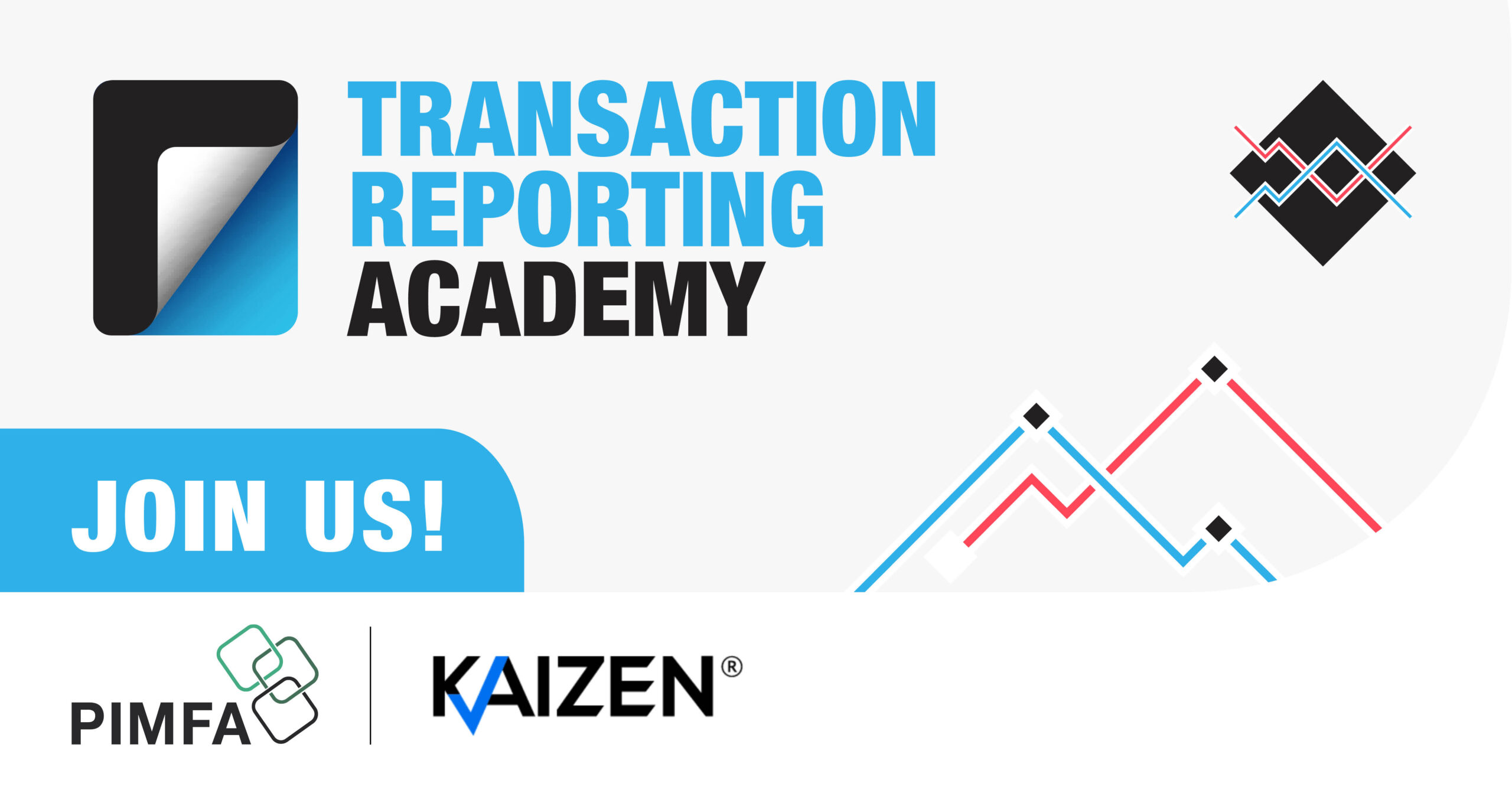MiFID II reporting: what we’re seeing six months in

Six months in, MiFID II is still leaving practitioners and regulators alike scratching their heads with a number of seemingly intractable problems. The reporting of derivatives in particular is causing difficulty as firms continue to struggle with reporting eligibility concerns, the misreporting of certain fields and validation issues. Firms have sometimes been unable to get a copy of what they reported to their regulator or approved reporting mechanism (ARM). Taken together, this reduces the efficacy of transaction reporting, says our managing director Ian Rennie.
Reporting eligibility
The trials of applying the concept of “traded on a trading venue” (TOTV) are well documented. Although ESMA’s opinion (issued on 17 May 2017) sought to establish a clear meaning of TOTV, concerns persist. There are still teething problems with the infant Derivatives Service Bureau (DSB) service particularly with the interaction of the DSB’s instrument normalisation and the reporting requirements.
Aside from TOTV there are problems with applying the reportability criteria to transactions involving indices. Identifying accurately which indices contain MiFID instruments is problematic. One obvious example is Boeing which is dual listed as LON: BOE and NYSE: BA. There is, however, no regulatory requirement on index providers to make public the constituents of any index, which are dynamic in nature; moving in and out on a regular basis. As a result, smaller firms may find it prohibitive to source the appropriate and relevant data to identify reportable index derivatives.
Incorrect fields being reported and risk of detection
There have also been instances of inaccurate or superfluous fields being reported. The commodity indicator flag is being populated on non-commodity instruments. Similarly, instrument fields are being populated unnecessarily when the transaction in question is reported with a valid Financial Instruments Reference Data System (FIRDs) International Securities Identification Number (ISIN). Volatile attributes were a late addition to the reporting obligations and overall the industry is still looking to implement this change.
The UK Financial Conduct Authority (FCA)’s investment in its Market Data Processor (MDP) platform has been significant and gives the regulator a greater capacity to detect circumstances where two parties to a transaction have reported divergent values for the same transaction. This is particularly the case in instances where transactions are traded on a venue and now, as mandated, firms must persist the trading venue ID for the transaction. The FCA can use that ID to pair transactions and then match fields to highlight any discrepancies, which it can then automatically fire out to both firms.
Obtaining data from competent authorities and ARMs
Regulatory Technical Standard 22, Article 15, obliges firms to reconcile and test between their internal systems and data provided by competent authorities. Failing the provision of the data by the relevant national competent authority (NCA), firms should use data from their ARM or, as a last resort, use the transaction reports submitted by the firm to their NCA.
The FCA appears to be a frontrunner, through its MDP system, in providing data back to the firms it regulates. Commitment by other NCAs to provide back to firms their data is not clear and should be closely monitored. That said, the current FCA extract service is not fit-for-purpose; even where firms obtain FCA data through the MDP portal they are unable to reconcile back safely to their own source systems.
As mentioned above, RTS 22, article 15 points firms to obtain data extracts from their ARMs if not available from the competent authorities. Approved reporting mechanisms have had teething problems as well in their ability to provide data back to firms. In some instances, firms have been limited by the number of transactions they can obtain and there have been problems with the methods available for the data transfer. All ARMs have made significant progress in the area, which is most welcome.
Efficacy of reporting and communication from the NCAs
The primary objective of MiFID II reporting is to aid NCAs in the detection of market abuse. Any issues that prevent the correct application of the reporting criteria, reporting inaccuracies or unneeded fields or roadblocks facing firms’ efforts to conduct assurance activities, therefore, will reduce the efficacy of the reporting regime, as will inappropriate requirements.
One simple example that illustrates this is the reporting of pricing of equity swaps when compared with contracts for difference (CFDs). For equity swaps ESMA’s guidelines require the financing charge to be reported — a piece of information that appears wholly irrelevant to market abuse — while for CFDs, which are economically the same instrument, the price of the underlying is reported.
In summary, both firms and the regulator still need to do plenty of work to get MiFID II reporting into shape. This is likely to be a long and difficult road.
Our ReportShield™ quality assurance service gives financial firms peace of mind in the accuracy, completeness and overall quality of MiFID II reporting data. If you would like an assessment of the quality of your MiFID reporting six months in, please contact us.
A variation of this article was published by Thomson Reuters Accelus, a subscription-only site, on 12 July 2018.


